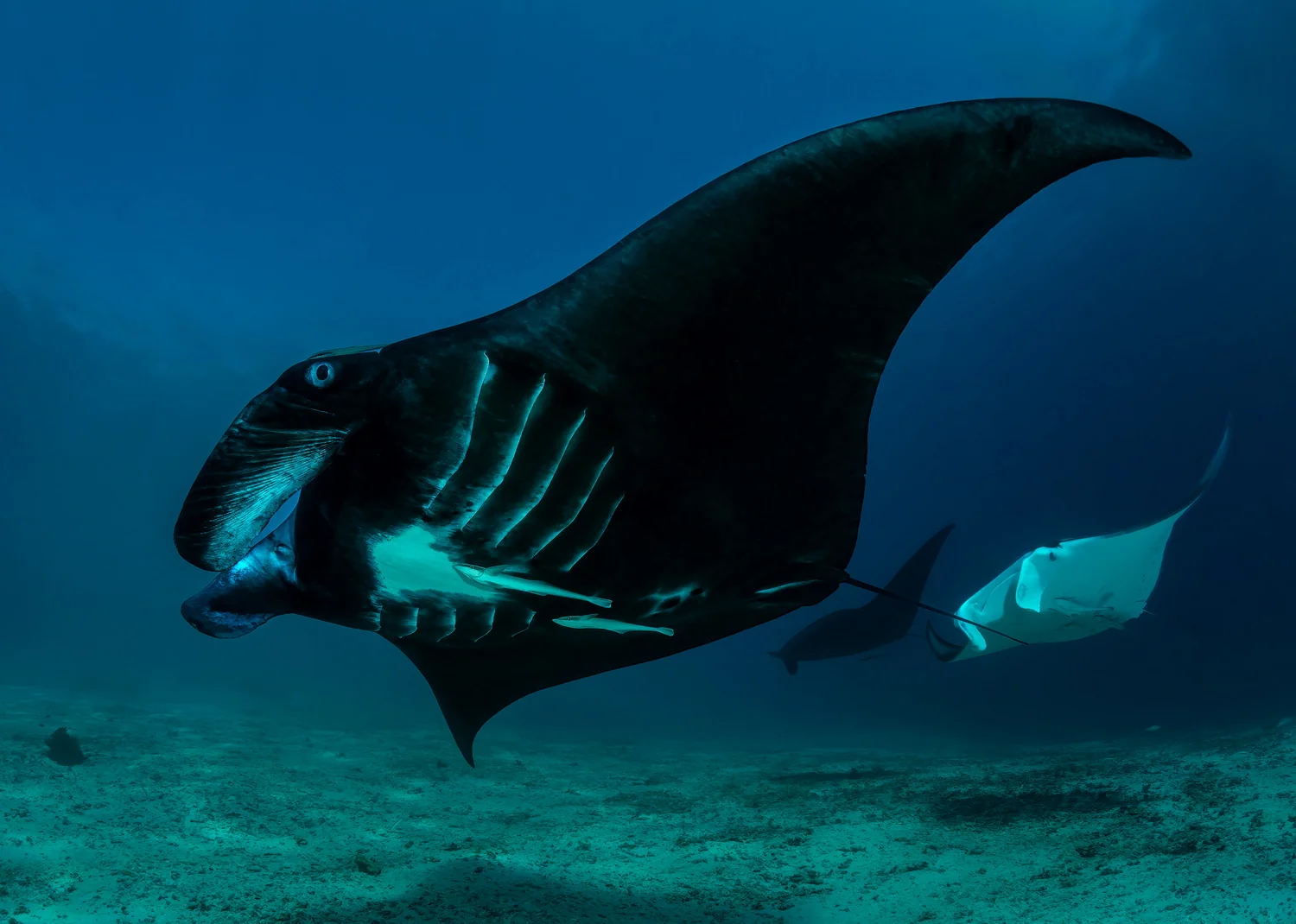
How to Photograph Manta Rays in Raja Ampat
- May 15, 2025

Photographing manta rays in Raja Ampat is a breathtaking experience—where shafts of sunlight cut through crystal water and these gentle giants glide by in perfect silence.
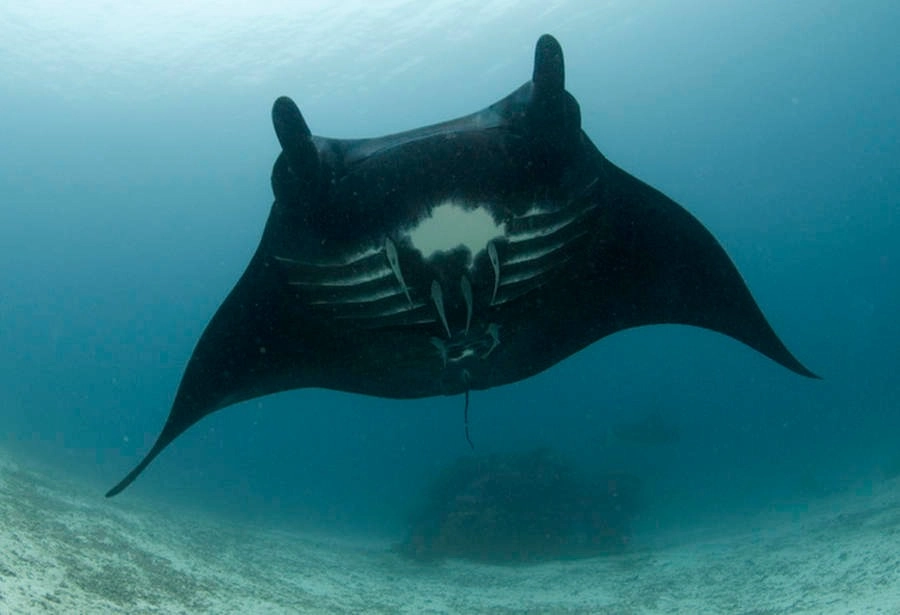
Raja Ampat is one of the few places on Earth where manta ray encounters are not only possible—but intimate, unhurried, and deeply moving. It’s also the only place in the world where manta ray populations are increasing, thanks to ongoing marine protection and community-led conservation efforts.
With its pristine reefs and abundant plankton-rich waters, this remote corner of Indonesia is a haven for both reef and oceanic mantas, making it a dream destination for photographers aiming to capture these majestic animals in their natural habitat.
But photographing manta rays isn't just about snapping a shot—it's about understanding their rhythm, respecting their space, and mastering the conditions that make Raja Ampat so visually extraordinary.
Read more: How to Get to Raja Ampat: Seamless with Papua Diving Resorts
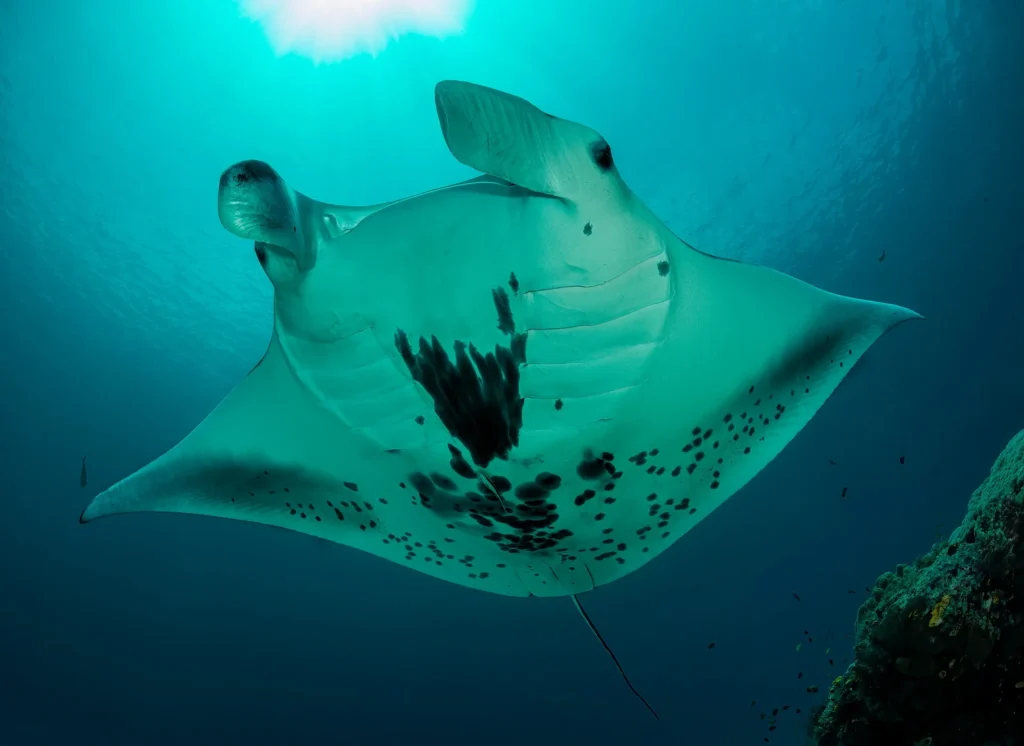
If you're planning to photograph manta rays, knowing where and when to dive makes all the difference. Raja Ampat offers several iconic manta hotspots:
The best time to visit is between October and April, when plankton blooms peak and manta sightings are most consistent.
Read more: How to Dive and Snorkel with Mantas
When photographing manta rays, wide-angle is king. These animals can span up to seven meters, so gear that lets you get close without cutting off their wingspan is essential.
For DSLR and mirrorless cameras, a fisheye or 16–35mm lens is ideal. Paired with a dome port, this setup gives you the flexibility to frame mantas against light rays, reef structures, or other divers for scale.
Compact cameras with wet wide-angle lenses are great for beginners and still deliver excellent results, especially when lighting is favorable.
Other recommended gear includes:
At Papua Diving Resorts, you can access professional-grade rentals and support through the Raja Ampat SEACAM Center, located at Sorido Bay Resort.
The key to successful manta ray photography is respectful proximity and natural movement. Mantas are curious creatures. If you hover calmly and maintain neutral buoyancy, they’ll often come to you.
To capture their motion:
Composition matters, too:
Ultimately, timing and patience will reward you more than rapid shooting ever will.
Read more: Raja Ampat Macro Diving
While sightings in Raja Ampat are common, mantas are listed as a vulnerable species due to threats like overfishing and habitat loss. Their population health is a key reason why respectful behavior is critical.
Manta rays have a delicate mucous membrane on their skin, which protects them from infection. Touching them can compromise this layer, potentially harming the animal and changing its behavior.
This is why Papua Diving Resorts promotes strict no-touch policies and sustainable dive protocols. It's not only for the mantas—it’s for the reef, the community, and the future of ethical diving worldwide.
Once you’ve surfaced with a memory card full of moments, it’s time to polish your captures without over-editing.
Using Lightroom or Photoshop, try:
Subtle enhancements can help express what your eyes experienced without altering reality.
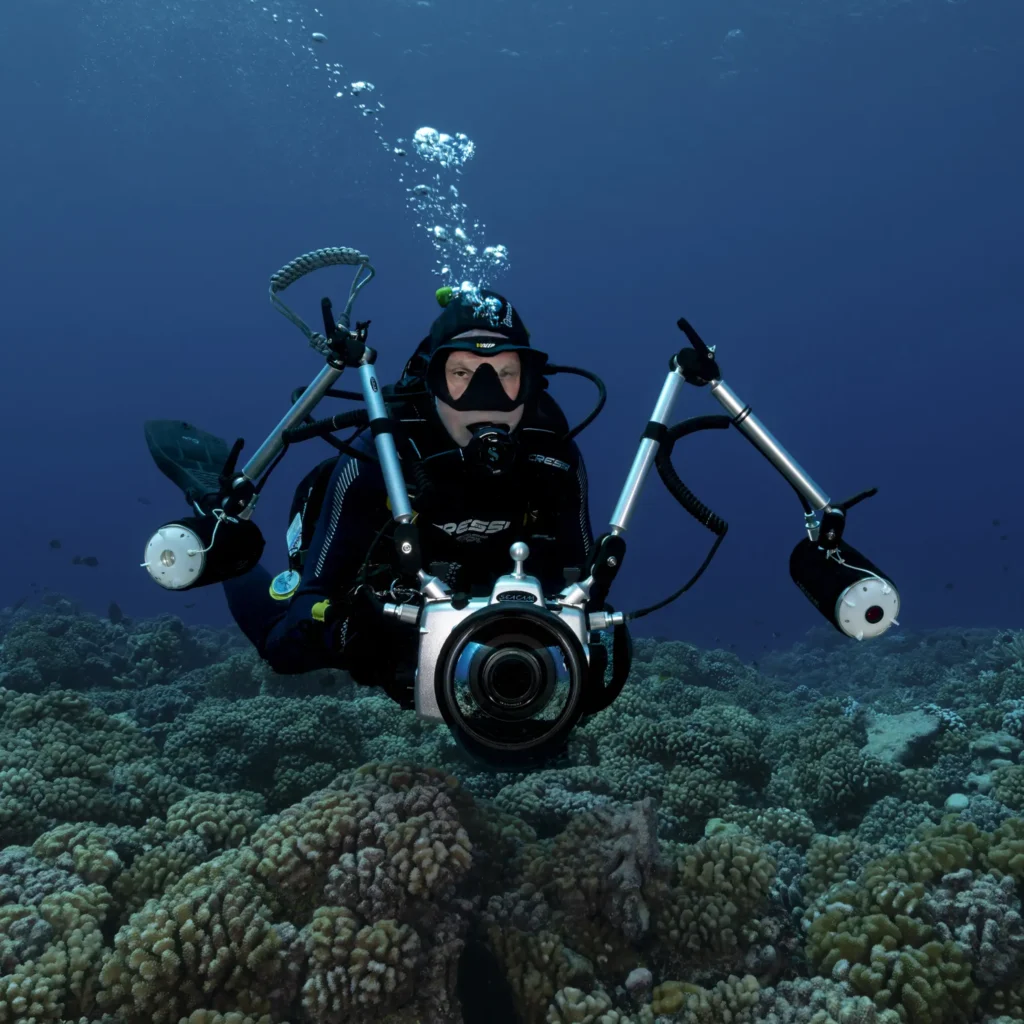
Whether you're just starting or looking to refine your underwater photography, the SEACAM Workshop at Papua Diving Resorts offers an unparalleled opportunity to grow your skills in one of the world’s most photogenic marine environments.
Hosted at Sorido Bay Resort, this year’s workshop is free for guests staying at Papua Diving Resorts and features SEACAM Ambassador Don Silcock as the speaker.
The workshop includes:
It’s not just about gear—it’s about storytelling, ethics, and pushing your creative limits.
Read more: Don Silcock – Photographing the Indo Pacific
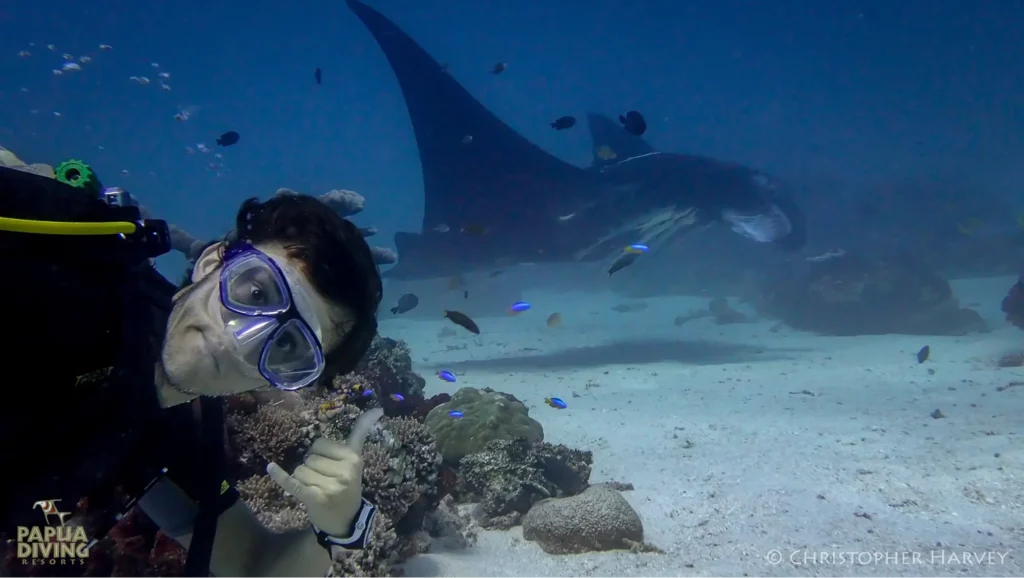
Photographing manta rays in Raja Ampat is more than just a photo op—it’s a connection to one of Earth’s last great ocean sanctuaries.
With Papua Diving Resorts as your guide, you’ll dive with intention, armed with knowledge, expert support, and the tools to capture unforgettable images.
Ready to photograph manta rays in Raja Ampat? Join us at Papua Diving Resorts and turn your next dive into a story worth sharing—one frame at a time.

